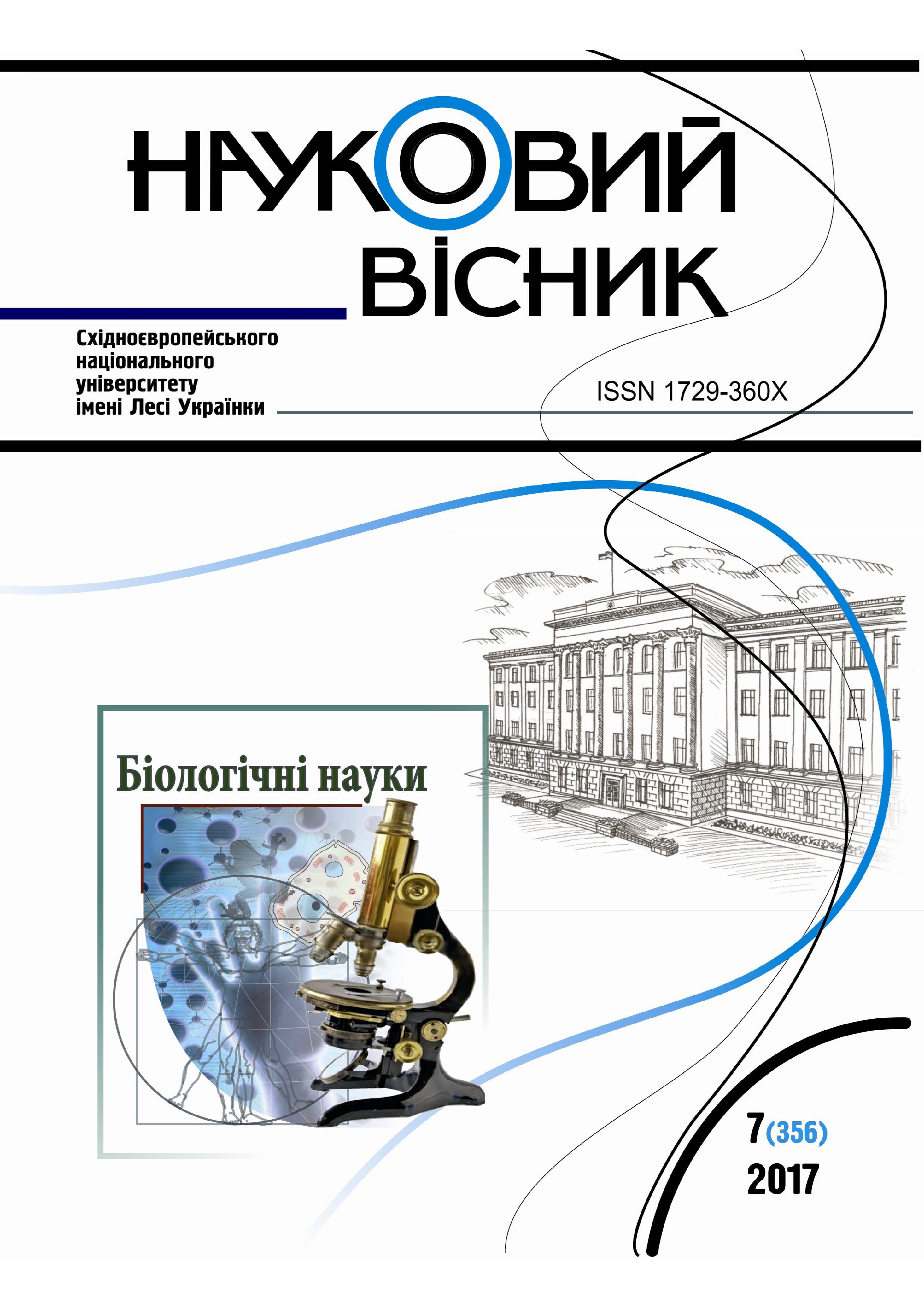Dynamics in Contractions of Rat m Gastrocnemius Medialis under Chronic Alcoholism Condition
DOI:
https://doi.org/10.29038/2617-4723-2017-356-7-237-243Keywords:
alcohol intoxication, muscle contraction, isolated muscle preparation, m. GastrocnemiusAbstract
The research goal was to identify and characterize the traits of alcohol-associated suppression caused by contractions of skeletal muscles under chronic alcoholic myopathy by analysing muscle force performance in muscular system. The registration of dynamic contraction performances was done by conducting an acute experiment using non-anion anesthesia, dermatome, fasciotomy and denervation methods. The isolated muscle force and contraction productivity were studied by using a strain-gauge method to determine the stress-strain state of an isolated muscular preparation on the basis of an electric strain gage. Experimental chronic alcohol myopathy in laboratory rats was conducted the method of enterogastral injection with a catheter for 30 days. The study showed that chronic30 day alcohol intoxicated rats results in at least 2 functional changes of contraction performances.The first is the need to increase the relaxation time for the possibility of an adequate muscular response to stimulating pulls. The second is the increase of the time of pre-tetanic periods of muscle force response under condition of modulated stimulation. This functional feature of myopathic muscles will be important for the adequate and correct realization of the central motor commands in a muscular system. This result illustrates that alcoholic myopathy will be primarily developed when performing accurate positioning movements and correcting precise, targeted changes in articular angles. In addition, the insufficient length of relaxation period may be increased by fluctuational disorders of muscle dynamics meaning, the muscles inability to accurately fix the stationary sites of contraction. On the background of an increase in the pre-tetanic phase of contraction that will lead to systematic errors in precise positioning. The research results can be used in clinical condition to characterize the locomotor dysfunction in patients with chronic alcoholic myopathy.





